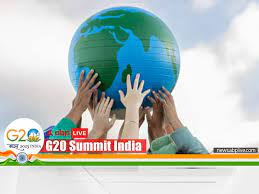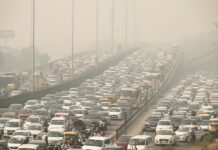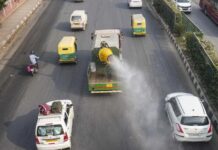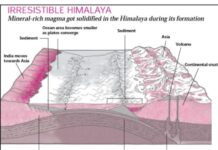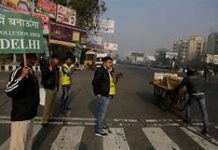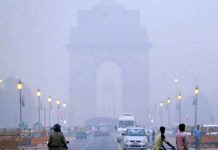Public health vs Political showmanship
BI News, Nainital: From the couple of decades we have seen and listened to the cacophony of pollution and visual problems in the capital of India more particularly in lutyens Delhi. The government stake in this matter is only that some laws have been introduced to mitigate and it is agenda by GOI for international forum beside this it doesn’t walk even a step on a ground to meet the challenges that are the root reason for producing a contaminated air and pollution.
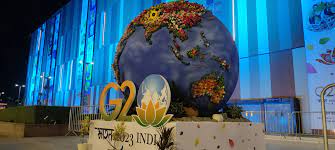
In G – 20 climate change, environment and emission of carbon was a table to dialogue between the world’s leading countries , it happened, as a result the chief partner of Himalayan states stalwarts Shri P.S. Dhami signed the AMOU of lakh cr rs foreign investment for the development of Uttarakhand in the tourism sector and other industrial projects.
The condition of Himalayan states are counted in most vulnerable weather it is Himachal or Uttarakhand or Jammu Kashmir but the political persons are dying for blind development on the cost of irreparable loss and injuries. Last night Himachal Pradesh reported with cracks in Lahaul and spiti district, 70 Village residents are forced to sleep in the open air as they fear their houses may collapse. 13 districts of Uttarakhand facing the same fear including the Queen of hills and Nainital.

The maximum central agencies including ISRO report has been placed to the government with alarming situation in Himalayan tract but Indian Railways projects are running in Karnaprayag district, Uttarakhand minimise the distance of Kedarnath Dham. Each and every Himalayan state is combating the problems of natural calamity Himachal Pradesh, Sikkim and Uttarakhand are burning examples but those adorning with the crown have left no way to fix the issue but to attract economy.
Visual pollution has many negative effects on our society and environment. First, continuous exposure to visual pollution causes mental irritation and a lack of sleep, resulting in psychological disturbances and an inability to make good decisions. Second, visual pollution can harm our health. Not only in Delhi but it is effecting maximum metro cities including the capital of states .

WHO data show that almost all of the global population (99%) breathe air that exceeds WHO guideline limits and contains high levels of pollutants, with low- and middle-income countries suffering from the highest exposures.
Air quality is closely linked to the earth’s climate and ecosystems globally. Many of the drivers of air pollution (i.e. combustion of fossil fuels) are also sources of greenhouse gas emissions. Policies to reduce air pollution, therefore, offer a win-win strategy for both climate and health, lowering the burden of disease attributable to air pollution, as well as contributing to the near- and long-term mitigation of climate change.

To minimize pollution in the metro, the government needs to take a multi-pronged approach that combines regulatory measures, public education, and technology-driven solutions. The government should impose strict emission standards for factories, vehicles, and power plants, and enforce penalties for non-compliance. It should also promote public transportation, such as buses and metros, and encourage people to use bicycles or walk for short distances. The government can also invest in renewable energy sources like solar power and promote the use of electric vehicles. Lastly, educating the public about the dangers of pollution and encouraging them to make eco-friendly choices, such as recycling and using energy-efficient appliances, can play a significant role in reducing pollution levels.

